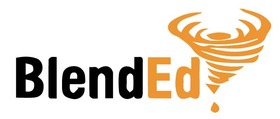"The Most Dangerous Game" Types of Imagery
Overview
This lesson was originally created by Renste Moeller as part of the Nebraska ESUCC Special Project Digital Age Skills.
CCSS Standards
ELA.RL.9.1 - Cite strong and thorough textual evidence to support analysis of what the text says explicit and as well as inferences drawn from the text.
ELA.RL.9.4 - Determine the meaning of words and phrases as they are used in the text, including figurative and connotative meanings; analyze the cumulative impact of specific word choices on meaning and tone.
Learning Targets
Students will work in small groups to analyze the text for examples of imagery.
Students will identify different types of imagery.
Students will correctly cite their examples using MLA format.
Hook
What is imagery? What are the five types of imagery?
Description
After reading “The Most Dangerous Game” by Richard Connell, students will have approximately 20 minutes to analyze the text and identify examples of various types of imagery. Students will be assigned to small groups of three to five people and collect five examples per student. Students will work together to avoid repetition and to help each other with analysis. Examples will be color-coded to designate which student contributed. Examples will be cited using MLA format.
Example of Table
Closure
What is the purpose of imagery in a short story? Why would an author such as Richard Connell include so much imagery in a short story?
Assessment
Teacher observation. Examination of tables: Did the student provide the required number of examples? Were the examples accurate?
Quiz via LMS using these skills but featuring an excerpt of another short story.
